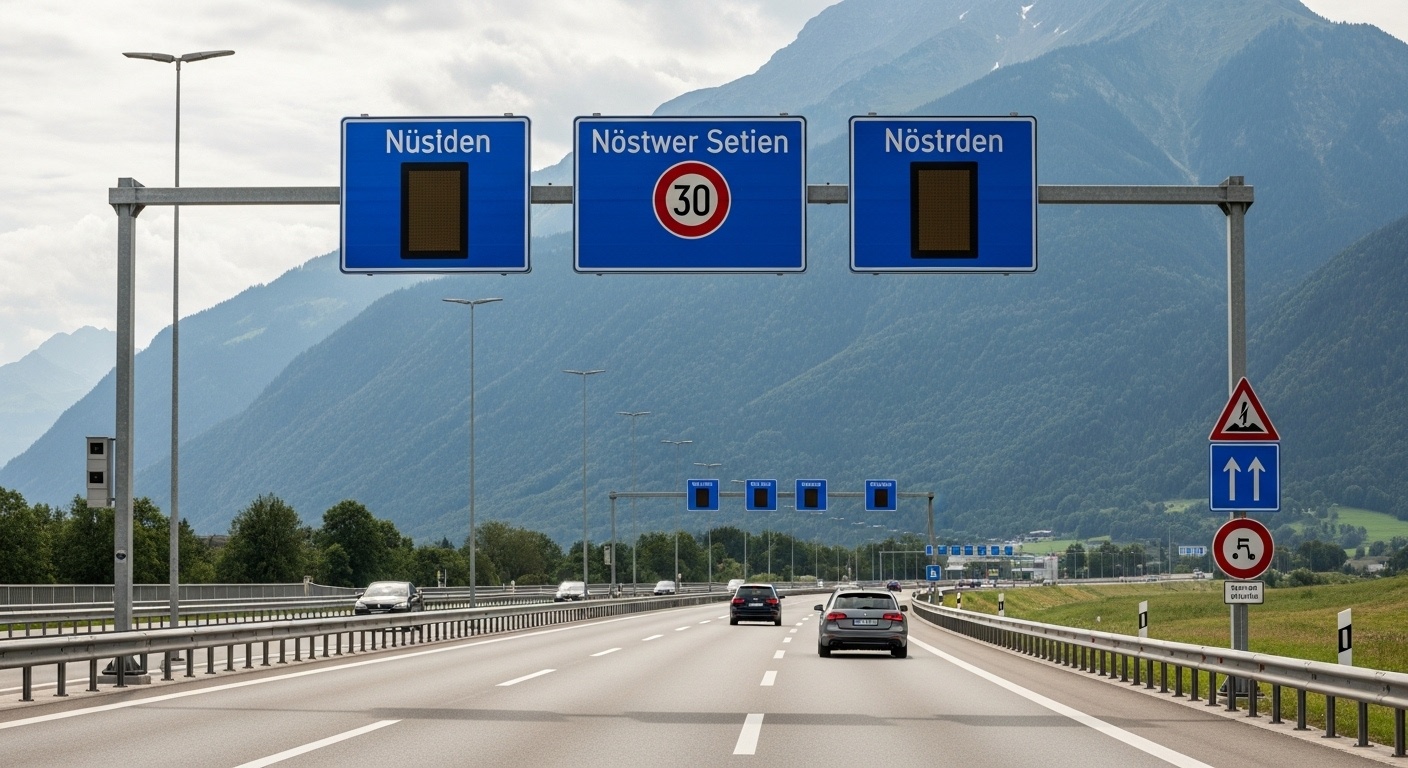In Switzerland, speed controls are an essential part of traffic monitoring to ensure safety and order on the roads. Given recent legislative changes and technological advancements, it is important for drivers to understand the current workings and specific impacts of these controls. In this post, we will explain in detail how speed controls function in Switzerland and their influence on drivers’ daily lives.
The Functioning of Speed Controls
Speed controls in Switzerland are primarily aimed at monitoring compliance with prescribed speed limits. There are various types of control systems, including mobile radar devices, stationary cameras, and section controls. Each of these methods has its specific areas of application and functioning.
Mobile Radar Devices
Mobile radar devices are flexibly deployable and can be used at different locations to monitor speed temporarily. These devices are particularly useful in areas where speed violations are frequently observed, such as near schools or construction sites.
Stationary Cameras
Stationary speed cameras are permanently installed and continuously monitor the speed of passing vehicles. These are often found at accident hotspots or near dangerous curves.
Section Controls
Unlike point controls, section controls measure the average speed of a vehicle over a certain distance. This method is often used on highways or long tunnel stretches.
Impact on Drivers’ Daily Lives
The implementation of speed controls has various impacts on drivers in Switzerland. Besides the potential reduction of accidents and traffic casualties, there are also financial and legal implications to consider.
Financial Impact
Fines for speeding can quickly become expensive, especially in cases of significant violations that may lead to license suspension or additional penalties. Therefore, it is economically sensible for drivers to adhere to the prescribed limits.
- Minor violations: Fines starting at 40 CHF
- Severe violations: Possible license suspension
- Ongoing costs for legal advice in case of appeals
Legal Impact
In addition to financial penalties, speeding also has legal consequences. Repeated offenses can lead to a points system entry or even license suspension, which can significantly affect personal mobility and professional flexibility.
Switzerland-Specific Scenarios and Examples
Switzerland has unique geographical and climatic conditions that must be considered in traffic monitoring. For example, in alpine regions, special speed adjustments are required to meet the challenges of mountain driving.
Case Study: An Incident from the Canton of Valais
A driver in the Canton of Valais reported an unforeseen speed restriction due to a sudden weather change. The stationary camera detected the violation and triggered an automatic fine. These examples illustrate that local weather conditions can influence speed restrictions.
Tips for Avoiding Speeding
- Traffic Planning: Use traffic news and GPS systems to avoid delays due to speed controls.
- Regular Training: Participate in driver safety training to enhance your awareness of speed limits.
- Technical Aids: Use cruise control to maintain constant speeds on highways.
Conclusion
Speed controls are an important part of Swiss traffic safety. Although they may sometimes be perceived as disruptive, they significantly contribute to accident prevention. By understanding their functioning and potential consequences, drivers can be more considerate of themselves and other road users. Ultimately, these controls not only promote safer roads but also protect personal financial situations by avoiding fines.
